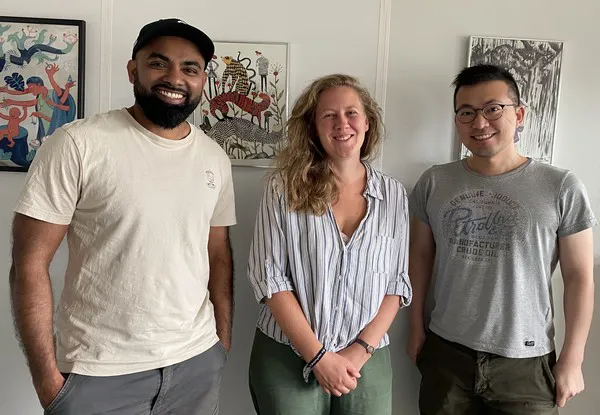“Carbon footprint calculations don’t have to be a headache or budget killer. We make it simple, affordable and accessible for all growers in the food industry. We help primary growers to manage their climate impact throughout their supply chains effectively, efficiently and cost effectively through our platform,” says Julie Petersen, Sustainability and Development Manager at Nature Preserve, in Copenhagen Denmark.
After running a pilot phase Nature Preserve has moved to full commercialisation of its Climate Impact Assessment platform for the food industry to measure the climate and environmental impact. Often producers and businesses in the value chain lack the experience while it is very expensive, too time consuming and not accessible to conduct climate assessments, while it may soon be a requirement in the EU to backup sustainability claims.
“We use the Environmental Footprint 3.0 Methodology, endorsed by the European Commission for the PEF-label (Product Environmental Footprint label).What we see in Denmark is the Danish government is already pushing for a climate label for food locally. This is pushing organisations and brands together to get started. The question is, will it become a legal or market requirement first? We help companies to be ready for it. Even companies who are not based in Europe but export produce here can benefit from starting now. Our system enables companies to understand the impact across the whole supply chain. It further assists them to reduce the climate impact and can help companies on their journey to net-zero.”
Nature Preserve worked with producers across Denmark, Europe and further afield where they see a movement, where producers are being asked by retailers to show the climate impact of their produce. “The growers, especially in the Netherlands, are looking to push the Hortifootprint Methodology, for calculating product-specific impact calculation when it comes to produce. We at Nature Preserve can provide this as well. While most think of climate impact assessments as being a tool for the sustainability agenda, we cannot forget that it could be a tool for businesses to reduce supply chain inefficiencies and increase their bottom-line.”

The Nature Preserve Team: Dr Anantha Peramuna, Julie Petersen and Dr Hansol Bae
“Supermarkets and retailers are signing up for Science Based Targets to reduce emissions and are looking at more sustainable growers. A grower from outside Europe can look to see if their produce is more sustainable than local European growers. As consumers we often think transportation has the biggest impact, but it is not necessarily so. As an example, a producer from South Africa could argue although transporting their produce to Europe, it can still be more sustainable than a local company, but it needs the calculations to back this up.” explains Petersen
We have customers from Europe and North America. By using our system these companies tell us measuring their carbon footprint is not as difficult as they first assumed and certainly not as expensive. We charge €600 per product, and the pricing, which is subject to change in the future, includes any updates within a 12 month period,” concluded Petersen.
For more information:
Julie Petersen
Nature Preserve
Tel: +4 542 497 798
Email: jp@naturpreserve.co
www.naturepreserve.co
